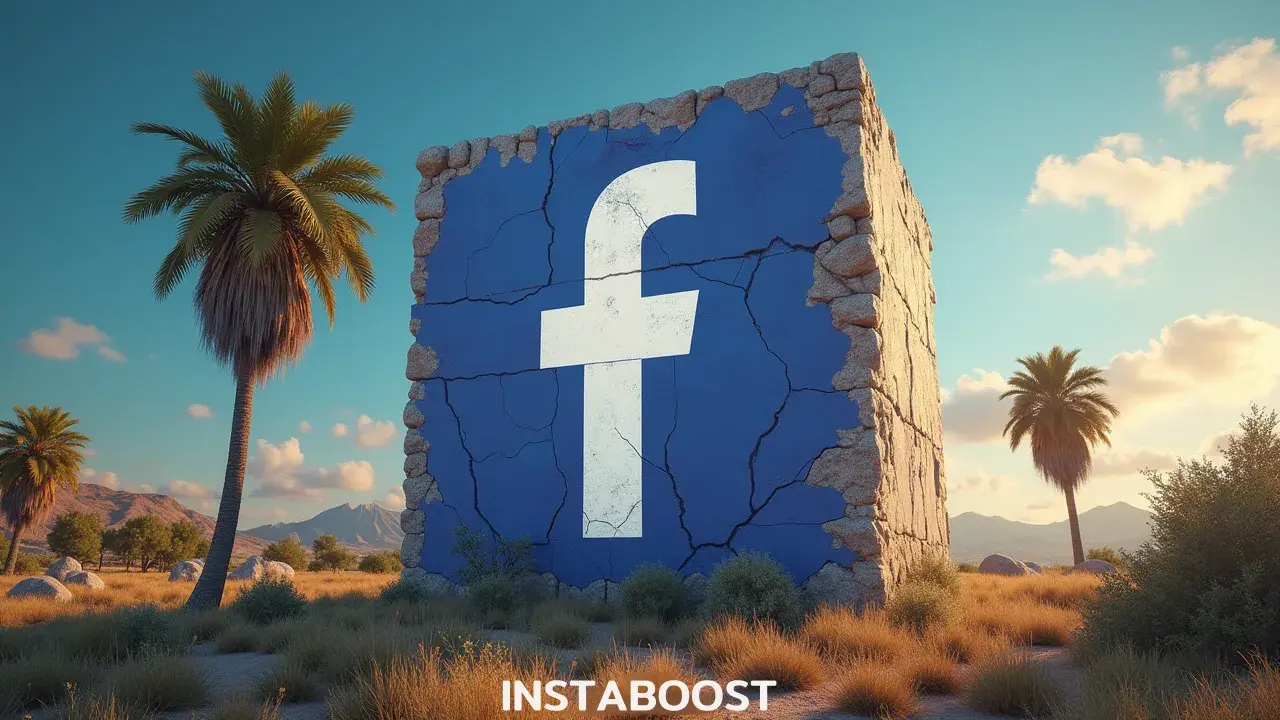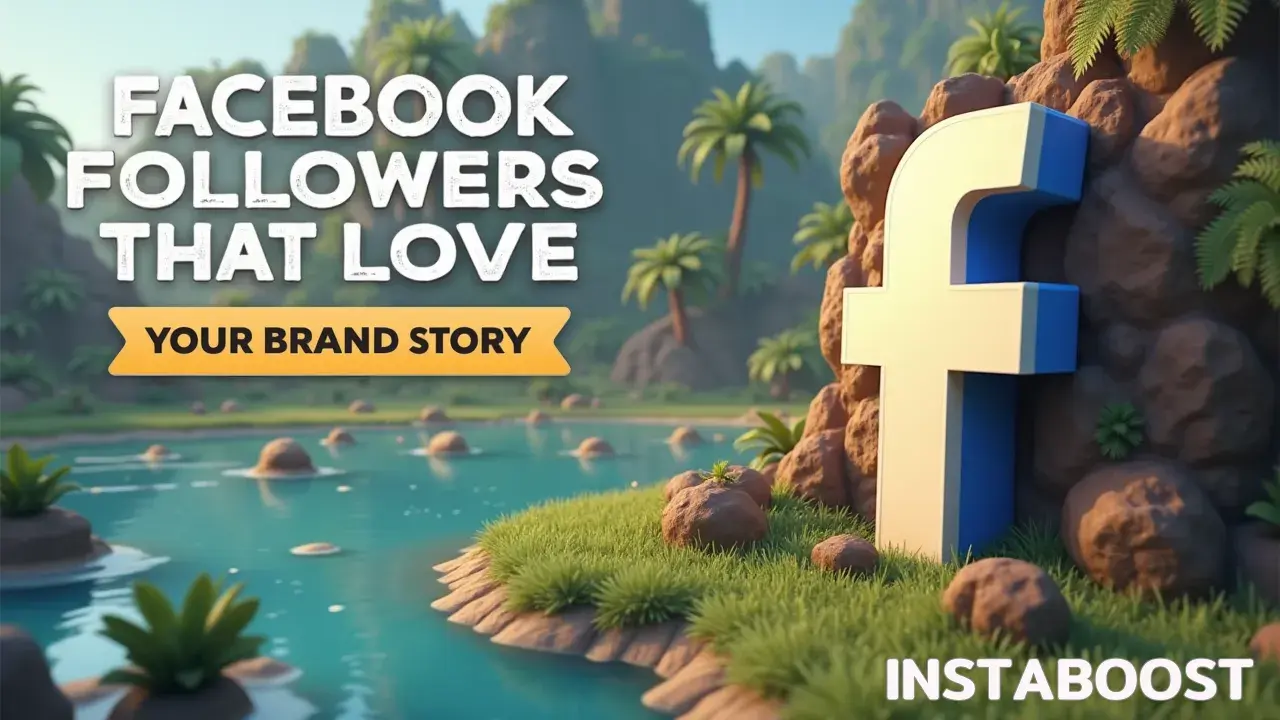Do Facebook Followers Love a Lived-In Brand Story?
Followers respond well to a brand story that feels lived-in. Short, heartfelt posts build familiarity day to day, while a weekly deeper share adds texture and momentum. When reactions level out and shares rise by a small bump, it signals enough trust and interest to fold in offers as the natural next chapter. The smart path is to pace storytelling and measure engagement shifts before layering in promotion.
Start With Story, Not Stats
Follower counts look good on a slide, but they don’t make a brand feel real. What helps is a story people recognize themselves in – why your product exists, who it’s for, and what changes when they use it. When your Facebook activity follows that thread, you stop chasing “reach” and start building something people want to come back to. Treat every touchpoint – post hooks, comment prompts, replies, even how you close a thread – as a small cue in that story. Ask questions that invite lived experience, not yes/no checks. Share the thinking behind a feature, not just the feature.
Use comments like a small writers’ room where fans add lines and you build on them. That’s how passive scrollers start to contribute, and the algorithm tends to notice with more distribution and longer view time. This isn’t oversharing; it’s small, specific moments that show what you stand for. If you’re getting ready for a launch, timing matters. Seed your Page and Group with early, story-led prompts two to three weeks out. If you run a modest, targeted push to bring in Facebook Group members, only do it if you can welcome them into real conversations within 48 hours – otherwise trust slips and engagement drops.
Think of “Facebook followers who love your brand story” as the outcome of simple, steady practices: a weekly behind-the-scenes post about a decision you made, a comment challenge that leads to a clear next step, replies that quote someone’s own words so they feel heard. The practical effect stacks up: better comments lead to more visibility; more visibility brings in people who fit; the right people make the story better. The numbers follow the meaning, not the other way around and drive more Facebook engagement as a byproduct of story people want to be part of.

Proof Beats Hype
Looking back, the mistake is obvious only in hindsight. I kept posting polished wins and wondered why people on Facebook felt far away. You don’t build credibility by saying you’re great; you earn it by showing the work. If you want followers who stick around, start with proof: a short teardown of a feature that didn’t land and what you changed, a screenshot of a customer DM (with permission) that shifted your roadmap, a before-and-after from a real user with the messy middle left in. When your feed looks like a working log, people can check your claims and trust goes up. It also nudges the algorithm in a better direction: comments get more useful when the question is specific (“Which of these onboarding steps felt clunky?”) instead of vague hype.
If you’re tempted to juice a launch by buying Facebook Group members, do it only after you’ve built that trail of evidence; otherwise you inflate the number without the social proof that drives real engagement, and even if you later decide to grow your Facebook by buying followers, the baseline of trust still has to come from proof. The credibility test is simple: could a skeptical stranger scroll your last ten posts and see who you help, how you help, and what you’ve improved lately? If not, you’re asking for belief without reasons. Tie every “win” to a user outcome, include one number that stands up, and name the constraint you haven’t solved yet. That mix – outcome, metric, limitation – signals real work. You don’t need a bigger audience to do this; you need a clearer audit trail. That’s what turns passive scrollers into people who feel like they’re building it with you.
Refocus the Loop: From Content Calendar to Narrative Calendar
The funnel didn’t fail; we drifted. If you want Facebook followers who actually care about your story, stop tuning single posts and build a loop you can run every week: prompt, proof, participation, payoff. Start with one post about the change your product creates. Follow it with something concrete that shows the work – a short clip of the process, a before-and-after, a customer screen share.
Then invite a simple action that teaches you something real, like asking people to pick between two use cases or share a step they struggle with. Close the week by showing a visible outcome and crediting the people who helped – a shipped improvement, a small milestone, a customer win pulled from the thread. That cadence turns your Page and Group into a running case study instead of a gallery of highlights. It also nudges the algorithm toward better signals: saves, thoughtful comments, clicks to context – not only promos.
If you’re thinking about buying Facebook Group members ahead of a launch, the only time it makes sense is after this loop is steady. New people should land in a room that’s already moving and see how to join in, not a room that looks staged. Otherwise you’re inflating vanity numbers and draining trust. On the ground, write next week’s posts by reading this week’s comments out loud and answering the sharpest one in public. Tag the person, name the tension they raised in their words, and end with a small next step that sets up your next proof. Over a month, “nice!” replies give way to specific stories you can build with.
That’s the shift: not chasing reach, but keeping a narrative going, where each asset moves the plot forward or it doesn’t ship. And some weeks, it won’t feel tidy, but you’ll know what to do next because the comments told you where to look and even how temptations like buy likes for Facebook photos can mask whether your loop is actually working.
Stop Worshipping Consistency, Start Respecting Meaning
I’m tired of being told “consistency is key.” Consistency without a real throughline is scheduled noise. People don’t stick around on Facebook because you post daily; they stick around because they can follow a path from what you promise, to what you can show, to how they can take part, to a result that matters to them. That loop you’re building isn’t a content calendar – it’s a meaning calendar. If a weekly post doesn’t move the story forward, skip it. Share when you have something that actually strengthens who you are and why it matters: a customer’s turning point, a clip from the middle of the work that shows what you’re figuring out, a small win that maps to the problems they face.
Yes, the algorithm rewards regular posting, but it rewards retention more. If your “consistent” updates grab attention and then reset it, without deepening belief, you’re training people to skim you. Push back on the vanity metrics: a flat line of daily impressions is worth less than one post that lands, or a two-part sequence that takes people from curiosity to contribution.
And if you’re planning to buy Facebook Group members for a launch, tie it to a narrative beat. Bring people in right before you open a co-creation moment – a build-in-public session, a beta sign-up with feedback, a naming vote – not when you’re blasting announcements. New folks should feel momentum and see an active conversation they can join, or they’ll lurk and drift out. Here’s a simple check: if someone only catches this week’s four-touch loop, can they explain your change in one sentence? If not, you don’t need more posts – you need clearer beats. Consistency is a tactic. Coherence is what turns followers into co-authors of your story, and that’s the part I keep coming back to, even when the calendar is staring at me and asking for another slot to fill and buy Facebook views for business before anything actually means something.
Close the Loop, Open the Door
You might not be finished. You might be awake to what’s actually working. An ending isn’t a big show; it’s a clear moment. People on Facebook don’t need noise – they want a story they can step into and help move.
So, close the loop each week by naming what changed because of the group: what the prompt sparked, what the proof showed, how people’s input shaped the result, and what it meant for the customer on the other end. Then set a next step that respects their time and who they are – a single question, a quick challenge, or a “show your version” thread. If you plan to buy Facebook Group members to kick off a launch, do it only after a small core has proven the loop. Otherwise you’re inviting strangers into an empty room. Use the algorithm, but don’t serve it.
Pin a simple recap of wins, turn a strong comment into tomorrow’s proof, and tag contributors like co-authors, not props. That’s how a story moves from broadcast to belonging. When people can see themselves in what you’re building, they share it because sharing the loop is sharing a piece of themselves. Keep the pace humane. Keep the receipts visible – screenshots, outcomes, before/after notes. Keep the door open so new folks can step in without pretending they’ve been here all along, and remember that small, authentic signals often grow your Facebook audience with shares in ways reach alone never will. The metric that matters isn’t reach; it’s return – do they come back because the path is still unfolding? If so, your consistency means something, the community has a job, and your Facebook followers stop being an audience and start being the engine that keeps the story moving.
Start With a Story Worth Joining, Not a Schedule Worth Keeping
If you want Facebook followers who actually care about what you’re building, stop chasing headcount and start tightening the arc. People stick around when they can see the pattern: promise, proof, participation, payoff. That’s the spine for everything you post, whether it’s a reel or a reply, and even the urge to buy Facebook reactions for visibility should fit the narrative rather than distract from it. You don’t need more posts; you need a clearer path. Each week, move one question your customers care about a step forward, then close the loop with a change they can feel – someone tried the tip, a feature got tweaked, a customer result improved.
That cadence earns attention more reliably than a stuffed calendar, and it holds up when the algorithm shifts because it gives people a reason to come back. If you’re thinking about buying Facebook Group members before a launch, time it so the numbers support the story instead of replacing it. Seeding social proof only works when newcomers can see a loop they can join right away. Otherwise it’s empty seats in a loud room. Treat comments as scenes, not chores. Reflect them back to the group (“Here’s what you told us this week”), make one small decision from that input, and show what changed.
Over time, your page feels less like a feed and more like a workshop. That’s how you turn passive scrollers into co-authors: make the next step obvious, make the win concrete, and keep the story open enough that it needs them. Consistency isn’t the hero here – meaning is. And meaning compounds and buys you time when everything else wobbles.















